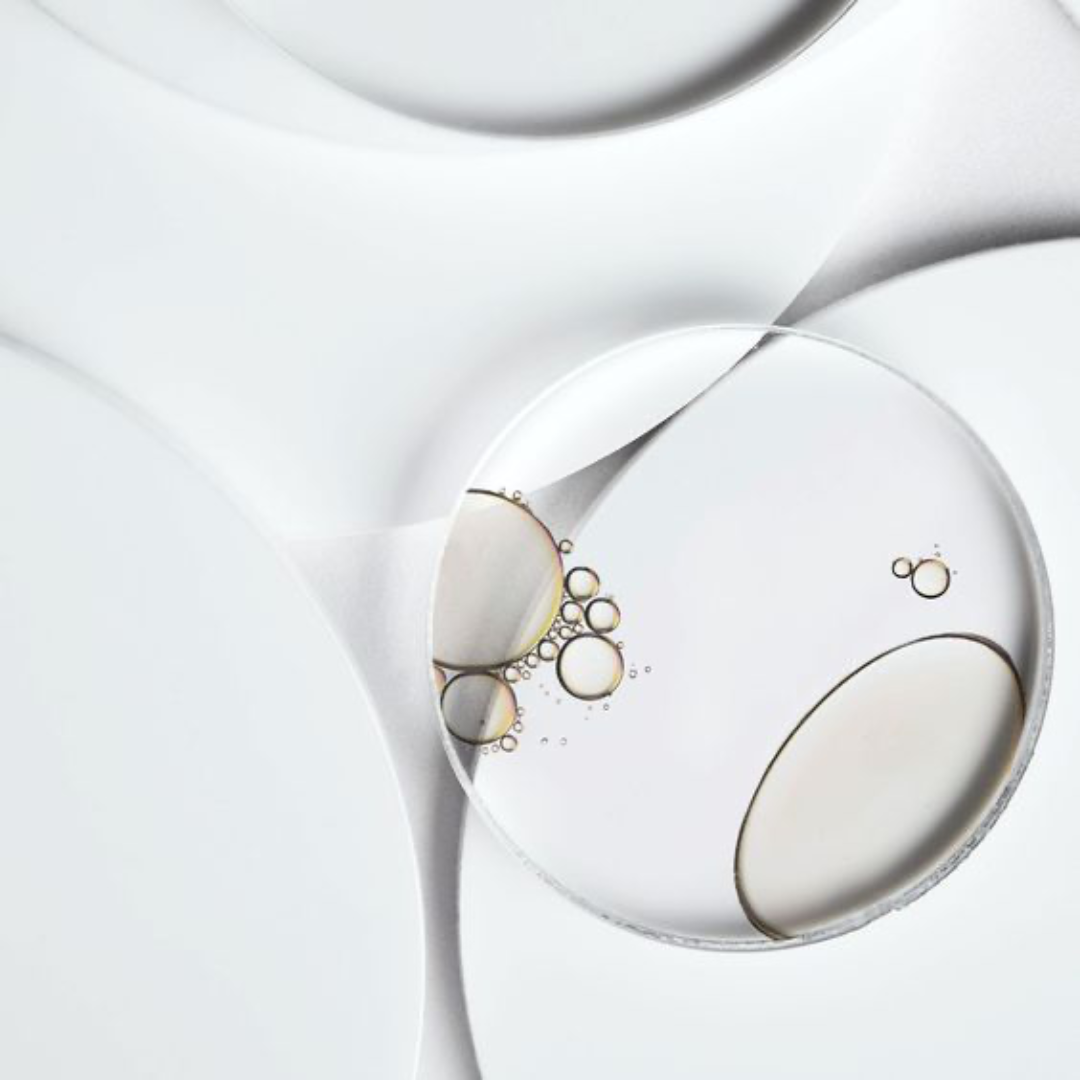
What can be done about excess sebum?
Share
Excess sebum is a common problem for people with oily skin. Sebum production, regulated by the sebaceous glands, is essential for maintaining healthy skin. However, excessive sebum secretion can lead to skin problems such as clogged pores, blackheads and oily skin. This article explores the causes of excess sebum and proposes solutions to remedy the situation.
Understanding sebum and its role
Sebum is an oily substance produced by the sebaceous glands at the base of thehair follicles. This liquid, a complex mixture of lipids, plays a crucial role in maintaining the skin's barrier function. Sebum helps form a protective barrier, called the hydrolipidic film, which covers the skin's surface and protects it from external aggressors such as UV rays and pollution.

Causes of excess sebum
1. Hormonal fluctuations
Hormones play a major role in regulating sebum production. During adolescence, pregnancy, the menstrual cycle or menopause, hormone levels, particularly androgens, can increase. This increase stimulates the sebaceous glands, leading to increased sebum secretion.
2. Genetics
Genetic characteristics strongly influence the size and activity of sebaceous glands. If your parents or other family members have oily skin, it's likely that you've inherited a tendency to overproduce sebum.
3. Power supply
A diet rich in refined sugars, saturated fats and dairy products can exacerbatesebum excess. These foods can increase insulin production, which in turn stimulates the sebaceous glands to produce more sebum.
4. Stress
Stress is a major factor in increased sebum production. It causes the release of cortisol, a hormone that can stimulate the sebaceous glands and increase sebum secretion.
5. Climate and environment
Climate and environmental conditions can affect sebum production. In warm, humid environments, the sebaceous glands are often more active, which can lead to oilier skin. Exposure to pollution and external aggressions can also stimulate the sebaceous glands.
6. Unsuitable skin care
The use of unsuitable skin care products can disrupt the natural balance of sebum. For example, overly aggressive cleansers or products containing alcohol can dry out the skin. In response, the sebaceous glands may produce more sebum to compensate for this dryness.
7. Excessive use of beauty products
Excessive use of make-up or comedogenic (pore-clogging) products can trap sebum in the pores, leading to breakouts and an oily appearance.
8. Internal factors such as insufficient hydration
Paradoxically, dehydrated skin can lead to increased sebum secretion, as the sebaceous glands produce more sebum to compensate for the lack of hydration. Not drinking enough water or using products that dehydrate the skin can therefore aggravate excess sebum.
9. Medicines
Certain medications, such as steroids or contraceptives, can influence hormone levels and, consequently, sebum production.
10. Natural skin cycles
The skin naturally produces more sebum at certain times of the day, usually in the late afternoon and evening. This may explain why your skin appears oilier at certain times.

Consequences of excess sebum
When sebum production is excessive, it can lead to clogged pores. This happens when excess sebum mixes with dead cells and other impurities, forming plugs that block pores. This phenomenon is responsible for the appearance of blackheads and other skin imperfections such as acne andhormonal acne. What's more, excess sebum can give the skin a shiny, greasy appearance, which is often perceived as unsightly.
The scalp can also be affected byexcess sebum, leading to greasy, itchy hair. The sebaceous glands in the scalp, like those in the skin, can produce too much sebum, making hair heavy and difficult to manage.
How to regulate sebum secretion
1. Use suitable products
- Choose skincare products formulated for oily skin. These products are often non-comedogenic, meaning they don't block pores, and are designed to regulate sebum secretion without drying out the skin.
- Gentle cleansers containing salicylic acid or benzoyl peroxide can help reduce excess sebum and prevent clogged pores.
2. Moisturize Correctly
Even if your skin is oily, moisturizing is essential. A good moisturizing cream will help keep the hydrolipidic film intact, without stimulating sebum production.
3. Adopt a balanced diet
Limit foods rich in saturated fats and refined sugars, which can stimulateexcess sebum production. Choose foods rich in essential fatty acids and antioxidants.
4. Exfoliate regularly
Exfoliation helps remove dead skin cells that can mix with sebum and block pores. Use a gentle exfoliant once or twice a week to avoid irritating the skin.
5. Protect skin from UV rays
Excessive sun exposure can dry out the skin, leading to increased sebum secretion to compensate. Use a light, non-comedogenic sunscreen to protect your skin from UV rays.
6. Managing Stress
Stress is a major factor in increased sebum production. Practicing relaxation techniques such as yoga or meditation can help reduce stress and, consequently, controlexcess sebum.
Conclusion
Excess sebum can be a challenge, but with the right skincare habits and a balanced lifestyle, it can be effectively controlled. By understanding the role of the sebaceous glands and adopting appropriate measures, you can maintain healthy skin and avoid the discomforts associated with oily skin.
